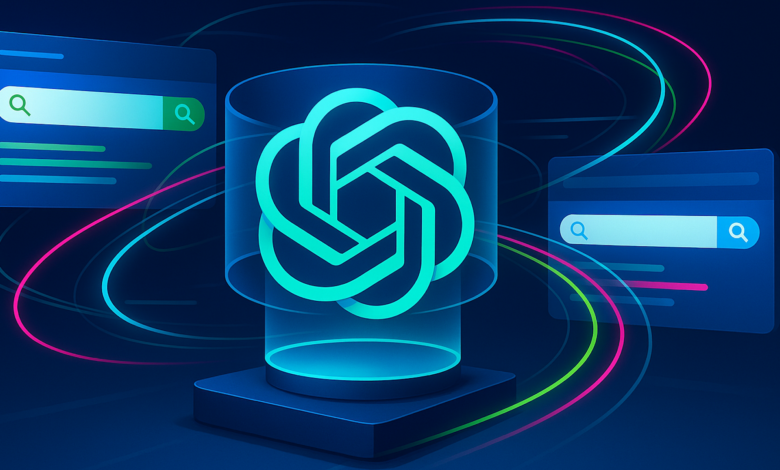ChatGPT Atlas Browser Poses Ad Budget Threat via Fake Clicks

▼ Summary
– ChatGPT Atlas can click on paid ads in a way that mimics human users, potentially costing businesses for non-human traffic.
– This AI activity may corrupt analytics data, making it difficult to measure genuine user behavior and campaign effectiveness.
– Current detection methods cannot identify AI agents like ChatGPT Atlas, as they operate on legitimate platforms like Google Chrome.
– Businesses should monitor for unusual traffic patterns and inform teams or providers if irregular activity is detected.
– The rise of AI browsers may push platforms to develop new standards for distinguishing human and AI traffic to protect ad budgets.
The emergence of AI-powered browsers like ChatGPT Atlas presents a significant challenge for digital advertisers, as these tools can mimic human web activity so convincingly that they generate fake ad clicks indistinguishable from real user engagement. This development threatens to drain marketing budgets and distort performance analytics, creating an urgent need for improved verification methods across the industry.
Businesses investing in online advertising may find themselves paying for clicks originating from artificial intelligence agents rather than actual potential customers. Beyond the immediate financial waste, this phenomenon risks corrupting essential analytics data, making it difficult for marketers to accurately assess genuine user behavior and campaign effectiveness.
A central issue lies in the browser’s technical foundation. Because ChatGPT Atlas operates on the Google Chrome framework, advertising networks and websites interpret its actions as coming from a legitimate human visitor. Each interaction with a paid advertisement triggers the same financial charge as a human click, while simultaneously polluting conversion metrics and engagement statistics.
Current bot detection systems face a substantial hurdle since they cannot reliably identify sophisticated AI agents. Most advertising platforms explicitly prohibit non-human traffic, yet existing safeguards fail to recognize this new generation of AI-driven browsers.
Marketing teams should remain vigilant for several warning signs, including unexpected traffic surges, irregular click patterns, or sudden drops in conversion rates. Monitoring analytics for these anomalies represents the first line of defense. When suspicious activity appears, advertisers should immediately notify both internal marketing departments and external advertising providers.
Industry experts anticipate that this challenge will compel major platforms including Google and Meta to establish new standards for differentiating between human and artificial traffic. As AI agents become more prevalent operating in the background of digital ecosystems, the ability to distinguish their activity from genuine human interaction will grow increasingly crucial for maintaining measurement accuracy and safeguarding advertising investments.
The expanding adoption of AI browsers means brands could encounter hidden expenses and unreliable data without corresponding advances in detection technology. This situation creates both financial risks and innovation opportunities within advertising measurement and traffic verification systems, pushing the industry toward developing more sophisticated solutions for identifying non-human engagement.
(Source: Search Engine Land)




